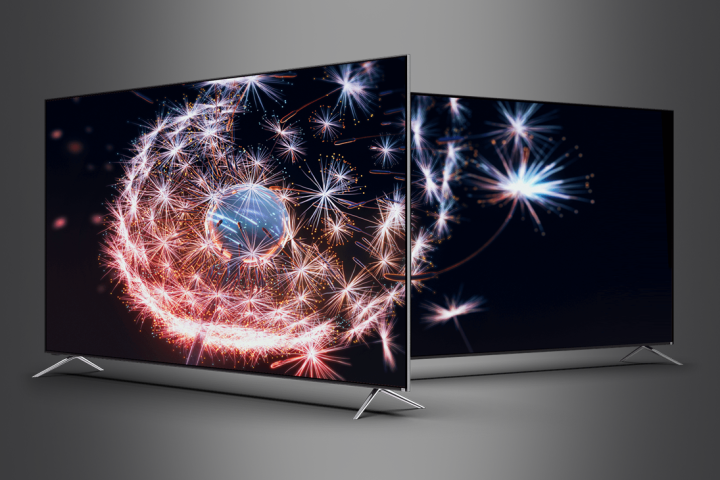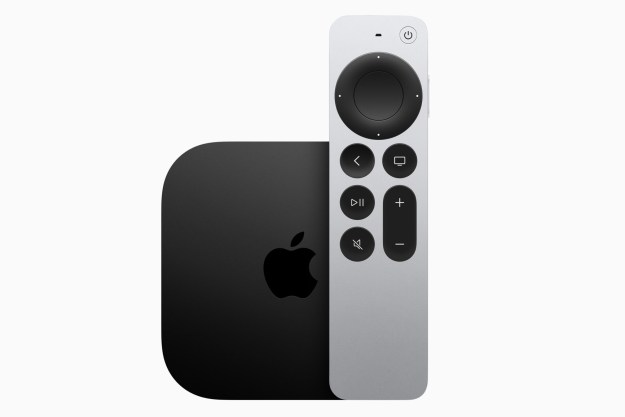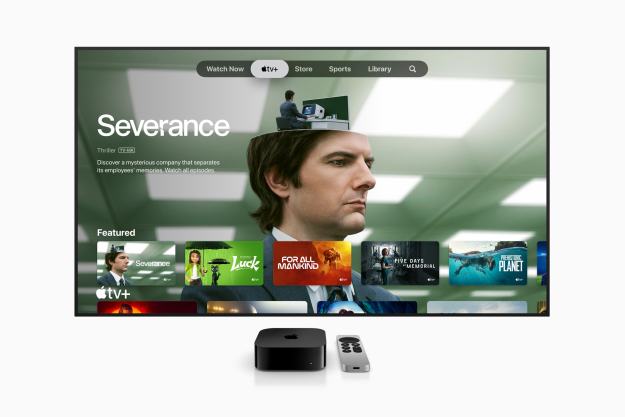
Earlier this year, Vizio announced its 2018 4K TV lineup, including new models in its P-Series, M-Series, D-Series, and E-Series lines. We knew that was coming. What we didn’t see coming is the new P-Series Quantum, a quantum dot TV that looks like the biggest upgrade to Vizio’s P-Series in years — and now it’s available for purchase.
Vizio says the P-Series Quantum is its brightest TV yet, with up to 2,000 nits of peak brightness. nearly 200 local dimming zones mean that while it won’t get quite as black as an OLED panel is capable of, it will have some of the deepest black levels we’ve seen from a Vizio TV to date. Combined with high dynamic range support, including Dolby Vision, Vizio says the TV serves up a complete palette of over one billion colors.

The rest of the P-Series is more similar to last year’s models, but they do share the same bezel-less design, so they’re more attractive looking. These TVs don’t use quantum dot technology and are dimmer, with up to 1,000 nits of peak brightness, but they do feature 120 local dimming zones, as well as Dolby Vision HDR.
The P-Series Quantum is only available in one 65-inch size option and is priced at $2,100. The pricing for the rest of the P-Series is $2,600 for the 75-inch model, $1,300 for the 65-inch model, and $900 for the 55-inch model. Read more about the P-Series here.

The M-Series models, which come in 55, 65, and 70-inch sizes, feature a similar bezel-less design on three sides The M-Series represents the sweet spot in terms of price and features. With 600 nits of brightness and 48 local dimming zones, it achieves decent black levels — not as black as the P-Series or P-Series Quantum models, but noticeably so when compared to the entry-level E-Series. From a value standpoint, the M-Series is most likely the more attractive model for most consumers.
The D-Series and E-Series TVs also offer 4K and HDR, but at a more affordable price point. Local dimming in the E-Series is restricted to 16 zones (D-Series uses full-array backlighting), but the TVs do offer Dolby Vision, even in the E-Series. The D-Series lineup consists of six models in sizes from 70-inch for $1,000 to 43-inch for $350. The E-Series also offers six models, starting from a 75-inch model for $1,550 to a 43-inch model for $350.

All of these TVs are powered by Vizio’s 2018 SmartCast OS, which offers standard smart TV features and apps including Netflix, Amazon Prime Video, Vudu, Crackle, Xumo, Pluto TV, and iHeartRadio. The Universal Search feature helps you search for a movie or TV show across multiple services at once. Earlier this year, Vizio brought Amazon Alexa integration to its existing TVs alongside the already-present Google Assistant integration. Both voice assistants are supported across the entire Vizio 2018 lineup.
The 65-inch P-Series Quantum retails for $2,100 and is available now via retailers like Best Buy, Costco, and Sam’s Club. If any of these TVs seem interesting, but you’re not sure what you need, be sure to take a look at our TV buying guide to help you make a decision. For more information on Vizio’s 2018 lineup, see the company’s website.
Editors' Recommendations
- You Asked: QLED and mini-LED burn-in, missing HDR, and Apple TV and HDMI 2.1
- If you don’t see CBS in 4K on YouTube TV, try this
- The hidden costs of buying a 4K TV are way higher than you think
- YouTube TV in 4K: Everything you need to know
- YouTube TV finally gets the 4K Plus plan’s price right


